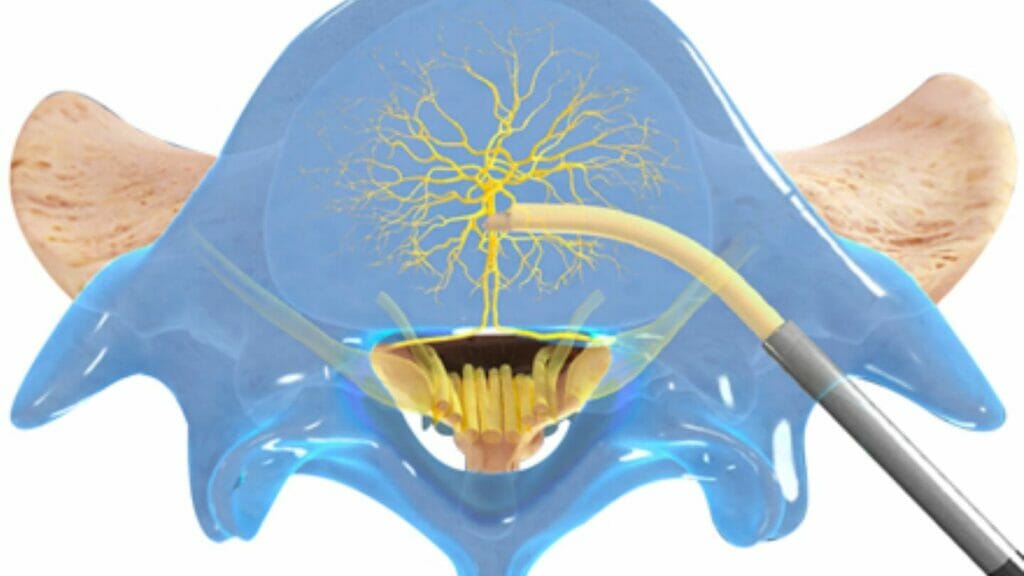

A new generation of instruments is being rolled out for a procedure for lower back pain that traditionally has been very difficult to address.
The instruments are for the Intracept Procedure, a method that may “proliferate” in the near future, Eugene Bonaroti, MD, a self-described “early adopter” of the technique, told McKnight’s.
Lower back pain is a major concern for seniors: Roughly a quarter of nursing home patients have chronic back pain, according to a 2017 study from 2017, which also warned that there was limited literature about how to properly manage such conditions.
Vertebrogenic back pain is a particularly deep and frustrating variety, and in the past the ability to treat it has been limited to spinal fusion surgeries, which some hospitals refuse to do outright, Bonaroti said.
“It fills a big void in our practice with respect to seniors,” Bonaroti said. “The new instruments will make the approach much easier. I’m excited about the feedback I’ve gotten.”
The most unique innovation in the Intracept Procedure toolset, developed by Relievant Medsystems, is a curved probe that is used to heat and deaden nerves in the spinal column.
Relievant first developed the initial Intracept method, which was approved by the FDA back in 2016, a company spokeswoman said.
Although the procedure is meant to permanently relieve pain after a recovery period of two weeks, easing a burden on both older adults and caregivers alike, the latter group should note if residents complained about seeing a specialist in the past and were told at the time nothing could be done, Bonaroti suggested. Thus, the procedure could be an option for long-term care residents whose attempts to seek treatment for back pain were thwarted in the past.
Overall, the procedure takes approximately 30 minutes to conduct, Bonaroti said: two repetitions of 15-minute steps involving steering the probe into position.


